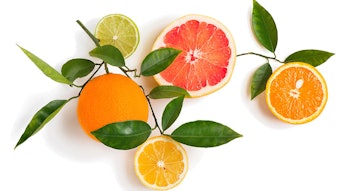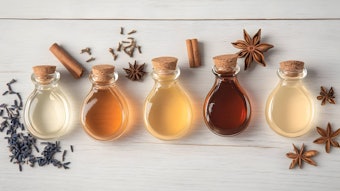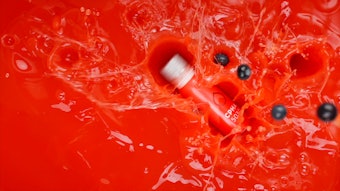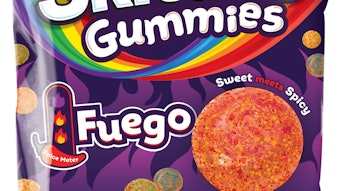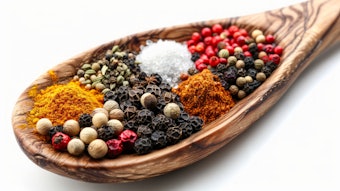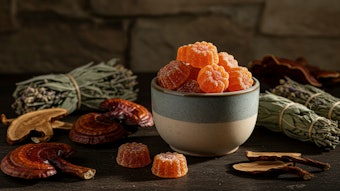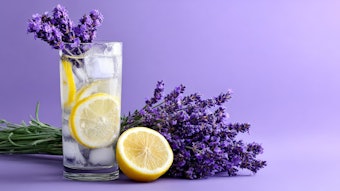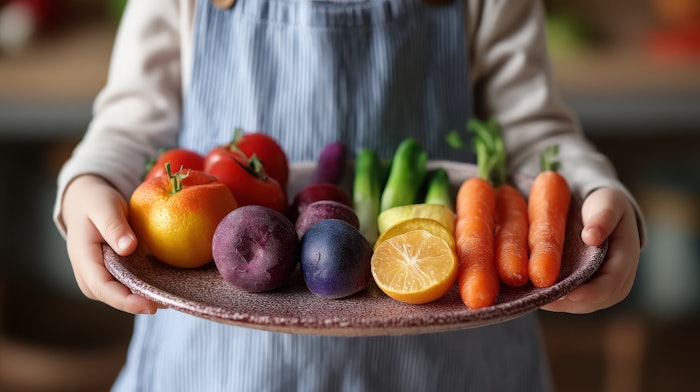
Most consumer surveys related to food and beverage purchases list “health and wellness” as a top priority. Globally, people are seeking ways to enhance their overall well-being through what they eat and drink. In fact, flavor company ADM lists ten key health areas that are driving today’s wellness trends:
Log in to view the full article
Most consumer surveys related to food and beverage purchases list “health and wellness” as a top priority. Globally, people are seeking ways to enhance their overall well-being through what they eat and drink. In fact, flavor company ADM lists ten key health areas that are driving today’s wellness trends:
- Immune Function
- Hydration
- Digestion
- Weight Management
- Energy
- Cognitive Health
- Heart Health
- Bone Health
- Women’s Health
ADM’s 2025 Consumers Associations with Wellness report details the flavors, colors and ingredients that shoppers perceive to be the most healthy. These insights can help flavorists and product developers leverage consumer perception when creating new formulas that are healthier and tastier.
Jennifer Zhou, global senior director of product marketing for flavors and citrus at ADM, spoke with Perfumer & Flavorist+ about the findings of the study and how it can apply to the food and beverage industry.
What types of foods/beverages are typically associated with wellness?
Jennifer Zhou [JZ]: As consumers proactively incorporate wellness goals into Jennifer Zhou, global senior director product marketing, Flavors & Citrus, ADMCourtesy of ADM
Jennifer Zhou, global senior director product marketing, Flavors & Citrus, ADMCourtesy of ADM
For example, yogurt is often associated with support for digestion, while dairy, milk and cream flavors are frequently linked by consumers to supporting bone and joint health1. Additionally, both sweet and savory snacks usually include wholesome ingredients – such as extra protein, fiber, nuts, seeds and botanicals – to boost consumer appeal.
Why do you think orange as a flavor is associated with functional flavors?
[JZ]: Wellness associations with orange flavor are enduring since fresh fruit is an excellent source of vitamin C. The vibrant, zesty notes of orange are a natural pairing for energy drinks and refreshing hydration beverages. Orange also plays well with vanilla, creating comforting, dessert-like offerings such as yogurt smoothies and soft-baked bars.
Additionally, orange is a familiar and versatile flavor, making it easily accepted by consumers across a variety of health and wellness applications. From immune support and cognitive focus to digestive support and hydration, orange remains a key flavor in functional foods and beverages as well as dietary supplements1.
Are there any unexpected flavors that consumers associate with functional foods/beverages?
[JZ]: Our research shows U.S. consumers prefer consistency in ingredients and color associations between foods and supplements. However, there is more opportunity for unique flavors in the food and beverage categories1.
Interestingly, lemon and pineapple are top flavors associated with focus and cognitive health among U.S. consumers1. Tropical flavor profiles are popular in categories like women’s health (menopause), energy and hydration, with watermelon also leading in the energy space1.
Tea flavors are strongly linked to weight management, while blueberry is the top flavor profile in heart health1. Although these are all considered mainstream flavors, some are less expected in certain areas of wellness, like passion fruit, an emerging flavor for relaxation and sleep1.
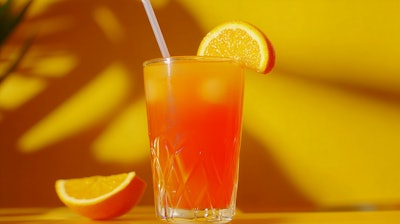 The vibrant, zesty notes of orange are a natural pairing for energy drinks and refreshing hydration beverages.Maria Mikhaylichenko at Adobe Stock
The vibrant, zesty notes of orange are a natural pairing for energy drinks and refreshing hydration beverages.Maria Mikhaylichenko at Adobe Stock
Which categories do you see growing in conjunction with the wellness trend?
[JZ]: Of the ten core areas of health we assessed, global consumers wish to improve their relaxation and sleep the most1. Within the U.S., stronger areas of interest are shown in hydration and heart health1. As the boundaries between food, beverage and wellness continue to blur, brands have a growing opportunity to create offerings that align with consumers’ emotional and physical health goals.
For instance, to support relaxation and sleep, flavors such as dark chocolate, strawberry or passion fruit go beyond the traditional hot beverage format to products like bedtime gummies, bars and yogurt bites.
How does color affect consumer perception of these foods? What colors are most associated with wellness?
[JZ]: Color is a crucial sensory cue that can influence consumer expectations and purchasing decisions even before tasting the product. Consumers consistently associate specific colors with key wellness benefits, making color a powerful tool in product storytelling.
In the U.S., orange and green repeatedly appear in consumers’ health and wellness associations, as both are perceived to be colors of vitality and natural wellness. Notably, orange and green each feature in all 10 key health areas we researched1.
Specifically, orange is top of mind for functional foods and beverages supporting immune health, energy and cognitive health1. Green is most frequently associated with digestion and weight management1. When seeking support for hydration or relaxation, consumers look for products in shades of blue1. Additionally, people link the color red to heart health, white to bone and joint health, and pink to women’s health1.
How can product developers use this type of research to enhance their formulations?
[JZ]: Having access to key consumer insights – both locally and globally – gives product developers an edge in innovating new products that align with consumers’ evolving wants and needs. ADM shares such insights with the broader industry, and partners with brands ready to take a holistic approach to developing functional foods and beverages, delivering equally on sensory experiences and wellness benefits.
As an example, our research shows most U.S. consumers are content with the available choices across functional foods and beverages. However, in the category of chocolate confectionery, consumers are open to seeing more variety1. A concept like our elevated PB&J gianduja-style chocolate bar might hit the mark – featuring hybrid peanut and pea protein butter, soy crisps and forest fruit “jelly” granules. This high-protein bar could be positioned for bone health support, offering a nostalgic and indulgent experience that provides more enjoyment than a traditional supplement capsule.
References
1ADM Outside Voice
2Nishida, K., et al., (2017) Journal of Applied Microbiology 123:1561-1570
3Nishida, K., et al., (2017) Journal of Functional Foods 36:112–121
4Nishida, K., et al., (2019) Nutrients 11:1859


